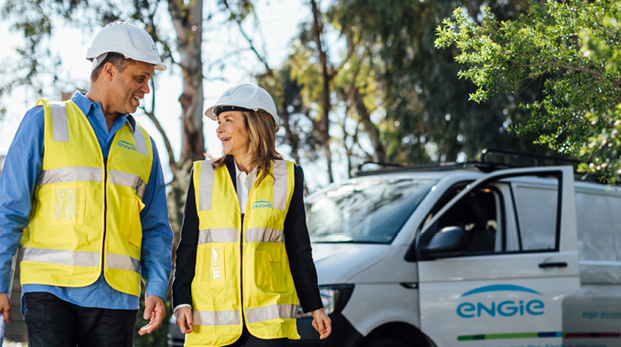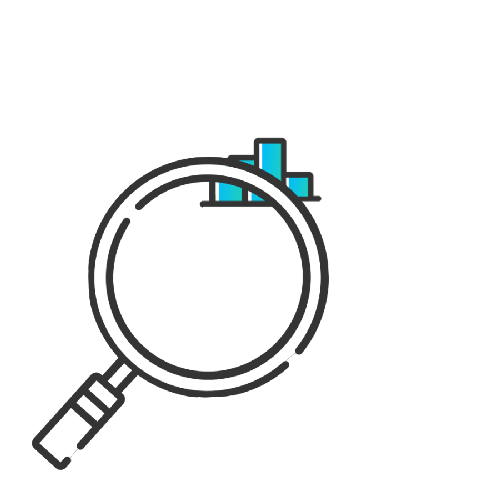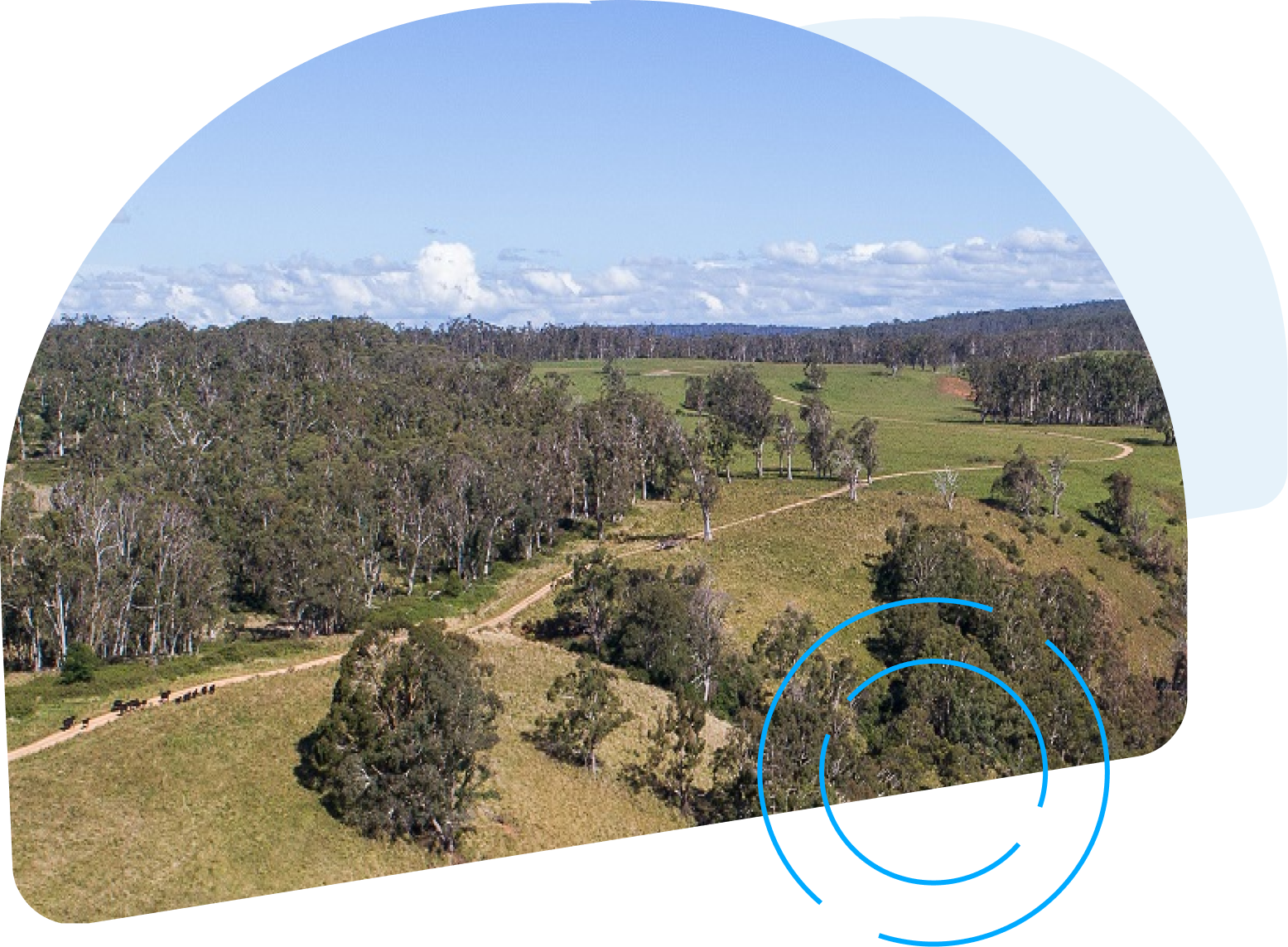Error message title

Error message title
Searching great energy plans for you
Hills of Gold Wind Farm
The proposed Hills of Gold Wind Farm is located about 5km south of Hanging Rock and 8km south-east of Nundle and is contained within three Local Government Areas: Tamworth Regional Council, Upper Hunter Shire Council, and Liverpool Plains Shire Council.
The Project will involve the construction, commissioning and operation of a wind farm with up to 64 wind turbine generators and associated ancillary infrastructure to support a generating capacity of up to 420 megawatts.
Once constructed, and with the backing of ENGIE’s local and global expertise in renewable energy, the Hills of Gold Wind Farm will supply up to 1,000 gigawatt hours per annum, the equivalent energy to power 182,000 average Australian homes.
64 wind turbines expected to be installed
211 direct jobs and about 400 indirect jobs during construction
$3,000 funding per turbine per year
$210,000 per year for local community groups, projects and initiatives through the Community Enhancement Fund
$150,000 construction fund to benefit community initiatives, local training and scholarships
4 Biodiversity Stewardship Agreements
Key highlights of the project
- Construction phase of the project is expected to start early 2025
- Over 211 direct jobs and about 400 indirect jobs expected during the construction phase.
- About 28 permanent jobs and 50 indirect jobs expected when operational, including 16 local positions, with the opportunity to develop new skills in the region within the growing renewable energy industry
- Up to 65 wind turbines, each with a generating capacity of up to 6MW per unit
- Hills of Gold Community Enhancement Fund to be established, with a commitment of $3,000 per turbine per year installed and operating, expected over a period of at least 25 years.
Clean Energy Partners developed the project prior to ENGIE acquiring it in 2020 and Someva Renewables provide ongoing development management support to the project.
About the Project
Subject to project approvals, the proposed wind farm could include wind turbines as well as associated infrastructure including:
Wind turbines
Following further consultation and a greater understanding of the proposed site and surrounding areas, there has been a revision from 97 to 65 wind turbine generators (WTGs) including towers, blades, and generator housing. The turbine towers will be supported by underground concrete foundations. The turbine may include internal transformer and protection equipment or have this equipment co-located in a small housing next to the turbine base.
Access tracks
The construction of the wind farm will require the improvement of some local public roads and bridges leading up to the project site. Each turbine will be linked to project roads using gravel tracks. The turbine location will also include a gravel area to support the cranes used to lift the turbine components.
Electrical cables
Turbines will be linked by an underground 33kV electrical cabling and fibre optic communications cabling.
Substation/switchyard
A substation will collect the internal underground 33kV cables and step up the voltage to 330kV in order to transmit power to the national electricity market. The project will assess a range of connection options to determine the most suitable route.
Meteorological monitoring masts
Multiple lattice frame masts extending to the generator height will be constructed to enable monitoring of wind speed and direction.
Ancillary facilities
A maintenance and storage shed will be constructed together with a site office and car parking facilities.
Project Timeline
October 15, 2018
Lodge Preliminary Environmental Assessment
November 2, 2018
SEARs issued
November 20, 2020
Lodgement of DA and EIS
Dec 2020 – Jan 2021
Public exhibition and collection of submissions
August 2021
Update on Response to Submissions
January 10, 2022
Response to Submissions lodged to DPE
Q3 2023
DPE recommendation
Q3 2023
IPC determination (anticipated)
Please note that this timeline has been updated based upon consultation with DPE.

Supplier and employment opportunities
ENGIE has a robust local engagement strategy and is firmly committed to creating jobs for local people and engaging with Indigenous and local suppliers. Whether it’s earthworks, infrastructure, building contractors, machinery operators and engineering, or accommodation, administration, catering, freight and cleaners – a number of skills and suppliers will be required during the construction phase of the project.
The proposed project will be delivered for and on behalf of ENGIE via ‘head contractors’. The head contractors will be responsible for subcontracting a range of skills and suppliers. As part of our key objectives for the project, ENGIE will continue to work closely with its head contractors to ensure the delivery and quality of opportunities for local and First Nations peoples and suppliers.
We encourage local suppliers, businesses and job seekers to register their details if you would like to be included in opportunities to supply goods and services for consideration by our head contractors.

